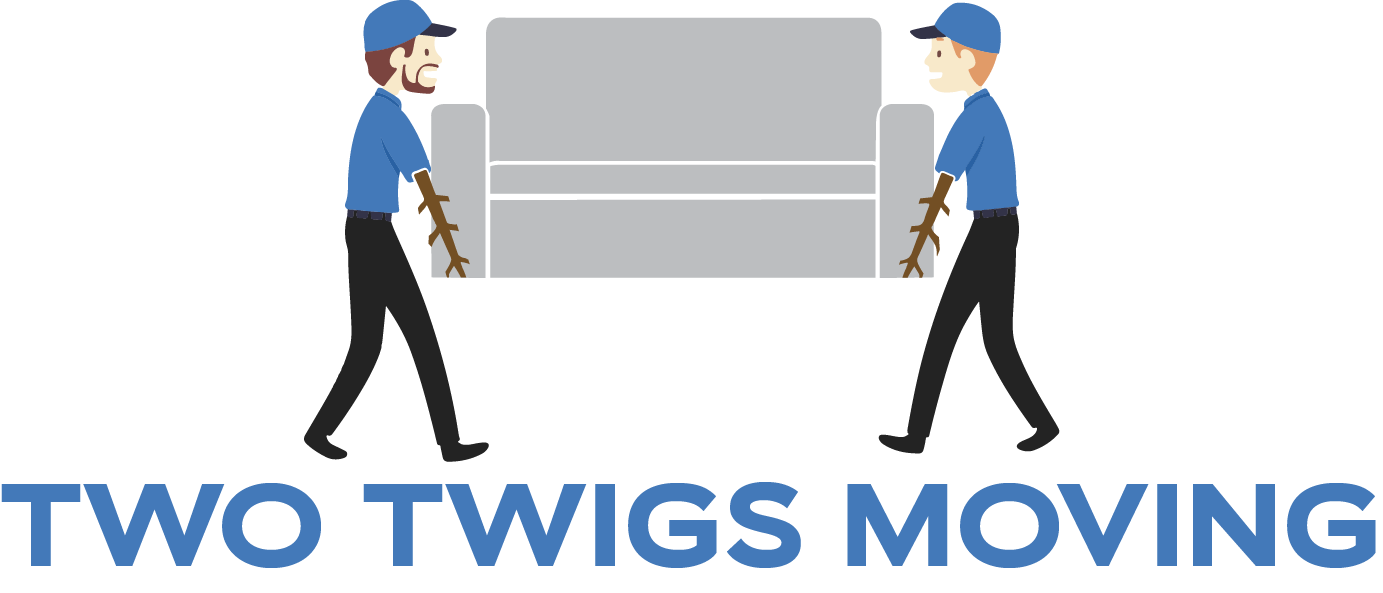Thinking about making the move to Charleston, South Carolina? You’re not alone. With its rich
history, coastal lifestyle, and booming job market, Charleston consistently ranks as one of the
best places to live in the Southeast. But before you pack up and head to the Lowcountry, there
are a few important factors to keep in mind. Here’s what you should consider when moving to
Charleston.
1. Neighborhoods Matter – A Lot
Charleston, South Carolina, offers a wide variety of living environments, from walkable
downtown streets to quiet, family-friendly suburbs. Popular options include:
- Mount Pleasant – Safe, suburban, great schools
- West Ashley – Affordable, growing, easy access to downtown
- James Island – Beachy, laid-back, close to Folly Beach
- Downtown Charleston – Historic charm, walkability, higher prices
- North Charleston – Diverse and more affordable, but varies by neighborhood
Each area has its own vibe, commute time, and cost of living, so it’s worth visiting first or
working with a local expert to find your fit.
2. Cost of Living and Housing Trends
Charleston’s popularity has driven housing prices up in recent years. As of 2025, the median
home price is higher than the national average, particularly in Mount Pleasant and Downtown
Charleston. Renters can expect to pay more in well-developed areas, though more
budget-friendly options exist further inland.
Don’t forget: South Carolina property taxes are relatively low, and there’s no state tax on Social
Security income — a win for retirees.
3. Traffic and Commute Times
Charleston’s historic layout wasn’t built for modern traffic, and that’s noticeable during rush hour.
Bridges (like the Ravenel Bridge) connect many parts of the city, and bottlenecks can occur
around them. Living close to where you work or opting for flexible work hours can help avoid
long commute times.
4. Weather: Hot, Humid… and Hurricane-Ready
Charleston’s climate is one of its biggest draws — if you like it warm. Expect hot, humid
summers and mild winters. But being a coastal city, Charleston is also vulnerable to hurricanes
and tropical storms. Make sure to review flood zones before buying a home, and consider flood
insurance even if it’s not required.
5. Culture, Lifestyle, and Community
Charleston isn’t just a place to live — it’s a place to enjoy life. Residents love:
- A vibrant food scene (from shrimp and grits to world-class fine dining)
- Historic architecture and guided walking tours
- Festivals, farmers markets, and art events
- Easy access to beaches, boating, and golf
Charleston offers a mix of southern hospitality and modern living, plus no shortage of things to
do year-round.
6. Jobs and Economic Growth
Charleston’s economy is strong and diverse. Major industries include aerospace (Boeing), tech,
tourism, and healthcare. The city has also seen an increase in remote work and startup activity,
making the Charleston job market attractive for both career changers and entrepreneurs.
7. Schools and Education
Families moving to Charleston will want to research school zones. Some of the top-rated public
and private schools are located in Mount Pleasant, Daniel Island, and James Island. The
Charleston County School District covers most of the metro area, but quality can vary by
neighborhood.
Moving To Charleston, SC
Moving to Charleston, SC, means choosing a city rich in history, full of charm, and surrounded
by natural beauty — but it’s important to know what to expect. From housing and weather to
traffic and community life, taking the time to plan your move will ensure a smooth start in the
Holy City.
Need help getting settled in Charleston?
We’re a local moving company that knows the area inside and out. Whether you’re moving from
across the country or just across town, we’re here to make your move simple and stress-free.
Get your free quote today and take the next step toward Lowcountry living.
Frequently Asked Questions
Yes, Charleston consistently ranks among the best cities to live in the U.S. thanks to its beautiful coastal setting, strong job market, historic charm, and vibrant community. Whether you’re a young professional, retiree, or growing family, there’s a neighborhood and lifestyle to fit your needs.
Charleston’s cost of living is slightly above the national average, primarily due to rising housing prices. However, South Carolina offers tax advantages, affordable utilities, and low property taxes, which can offset some of the higher housing costs.
Charleston has a humid subtropical climate with hot summers, mild winters, and plenty of sunshine. Hurricane season runs from June through November, so storm preparedness and flood awareness are important for new residents.
Mount Pleasant, Daniel Island, and James Island are among the top choices for families. These areas are known for excellent schools, low crime rates, and plenty of parks and recreational opportunities.
Charleston’s downtown area is highly walkable, especially in the Historic District, King Street, and The Battery. These areas are packed with restaurants, shops, and attractions — all easily accessible on foot.
Sullivan’s Island is also walkable in its central areas, like Middle Street, where you’ll find local dining, small shops, and beach access within a few blocks. Its flat layout makes it ideal for walking or biking short distances.
Johns Island, by contrast, is more rural and spread out. While it offers beautiful walking trails and natural scenery, most errands and activities require a car.
So, if walkability is a priority, downtown Charleston and Sullivan’s Island are great choices. Johns Island is better suited for those who enjoy peaceful, spacious living with a more car-dependent lifestyle.


.svg)


